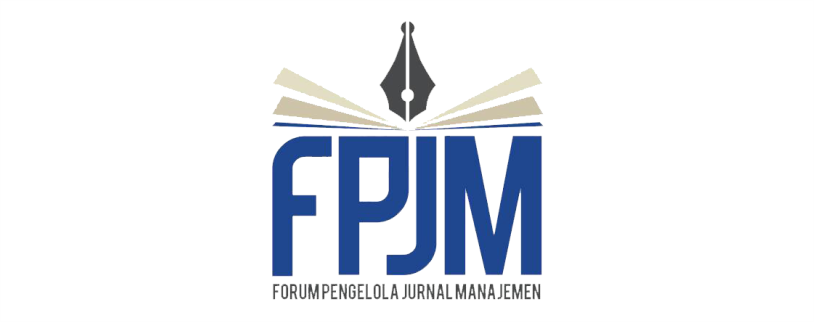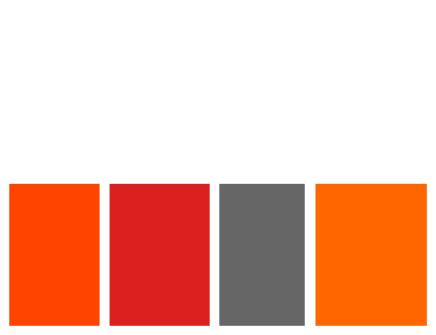Downstream Process of Technology Invention Products to the Market
DOI:
https://doi.org/10.26905/jmdk.v10i2.8679Keywords:
Downstream, Invention, Market Test, Sales Test, Technology, ValidationAbstract
A Triple Helix collaboration between Academician Businesses Government (ABG), is one of the keys to success in the downstream process of invention of technology-based research results so that they can be commercialized into business products. This downstream process is based on the Randal Goldsmith model which consists of 3 stages: investigation, Â development/validation, commercialization. In Indonesia, this downstream process has been carried out a lot, but it has not produced many significant business products. The purpose of this study is to improve the model, especially at the validation stage, including production tests, market tests, and sales tests. After the improvement of the model was implemented in several institutions, it was found that more inventions of research results could be used as business products compared to before. With these results, it can be concluded that the improvement of the model can be used nationally to be able to support the national income.
Downloads
References
Balai Inkubator Teknologi. (2017). Laporan Akhir penerapan dan pelayanan inkubasi teknologi.
Balai Inkubator Teknologi. (2020). Laporan Program penerapan dan pelayanan inkubasi teknologi.
Pujantiyo, B. S. (2014). Kiat menjadi pengusaha inovatif. Timpani Publishing.
Dehghani, T. (2015). Technology commercialization : From generating ideas to creating economic value. IInternational Journal of Organization Leadership, 4, 192–199.
Diana, D., & Hakim, L. (2021). Kolaborasi antara perguruan tinggi, industri dan pemerintah: Tinjauan konseptual dalam upaya meningkatkan inovasi pendidikan dan kreatifitas pembelajaran di perguruan Tinggi. Prosiding Konferensi Nasional Ekonomi Manajemen Dan Akuntansi (KNEMA), 1177, 1–14. https://jurnal.umj.ac.id/index.php/KNEMA/article/view/9063/5358
Etzkowitz, H., & Zhou, C. (2017). The triple helix University–Industry–Government innovation and entrepreneurship. Routledge. https://www.routledge.com/The-Triple-Helix-UniversityIndustryGovernment-Innovation-and-Entrepreneurship/Etzkowitz-Zhou/p/book/9781138659490
Ferreira, E. J., & Steenkamp, R. J. (2015). The exploration of the triple helixconcept in terms of entrepreneurial universities and corporate innovation. In Corporate Ownership & Control. 12 (2). www.award.uiin.org
Goldsmith, R.. (2003). Model of commercialization, arkansas small business and technology development center. Google Scholar.
Handoko F. (2017). Constructing knowledge and technology transfer model for SMEs technology development in emerging economies. IJPTE : International Journal of Pedagogy and Teacher Education, 1(2). https://doi.org/10.20961/ijpte.v1i2.15124
IMD World competitiveness center. (2022). IMD World Competitiveness Booklet. https://www.ptonline.com/articles/how-to-get-better-mfi-results
Kemendikbud. (2021). Panduan Program Matching Fund 2021.
Kemenristek. (2019). Panduan calon perusahaan pemula berbasis teknologi dari perguruan tinggi tahun 2019.
Kim, Y.-J., & Shin, S. J. (2017). What causes technology commercialization to succeed or fail after transfer from public research organizations. Asian Journal of Innovation and Policy, 6(1), 23–44. https://doi.org/10.7545/ajip.2017.6.1.023
Nasution, R. A., Djuanda, D., & Rachmah, R. (2009). Studi literatur tentang komersialisasi teknologi di perguruan tinggi : Proses, potensi, model, dan aktor. Manajemen Teknologi.
Parker, K., & Mainelli, M. (2001). Great mistakes in technology commercialisation (a version of this is shortly to be published in the journal of Strategic Change, Vol 10, 2001). Great Mistakes in Technology Commercialization, 10(October), 1–9.
Pasaribu, M., M.Baga, L., & Purwono, J. (2021). Strategy of rice variety technology transfer for supporting the agricultural inventions commercialization. Jurnal Penelitian Pertanian Terapan, 21(3), 227–241. https://doi.org/10.25181/jppt.v17i3.2152
Pujantiyo, B. S. (2017). Technopreneurship dalam komersialisasi teknologi.
Siegel. (2003). Commercial knowledge transfers from universities to firms: improving the effectiveness of university–industry collaboration. The Journal of High Technology Management Research, 14(1), 111–133. https://doi.org/10.1016/S1047-8310(03)00007-5
Siegel, A. R. A., Hansen, S., & Pellas, L. H. (1995). Accelerating the commercialization of technology : commercialization through co-operation. Industrial Management & Data Systems. 95(1)
Srivastava, P., & Chandra, S. (2010). Technology commercialization: Indian university perspective. In J. Technol. Manag. Innov (Vol. 7, Issue 4). http://www.jotmi.org
Sumirah, I. (2012). Strategi pemasaran dalam meningkatkan komersialisasi hasil litbang (Kasus : Balit Palma). Jurnal Pembangunan Manusia, 6(1).
World Economic Forum. (2020). Global competitiveness report special edition 2020: How countries are performing on the road to recovery. How Countries are Performing on the Road to Recovery
Wulansari Raharningtyas, A. M., & Roisah, K. (2017). Problematika komersialisasi employee invention pada instansi pemerintah (Studi Kementerian Kelautan dan Perikanan dan Kementerian Pertanian). Law Reform, 13(2), 152–163. http://www.chinadaily.com.cn/beijing/2015-
Downloads
Additional Files
Published
Issue
Section
License
Authors who publish with this journal agree to the following terms:
(1)Â Copyright of the published articles will be transferred to the journal as the publisher of the manuscripts. Therefore, the author confirms that the copyright has been managed by the journal.
(2) Publisher of Jurnal Penelitian is University of Merdeka Malang.
(3) The copyright follows Creative Commons Attribution–ShareAlike License (CC BY SA): This license allows to Share — copy and redistribute the material in any medium or format, Adapt — remix, transform, and build upon the material, for any purpose, even commercially.












